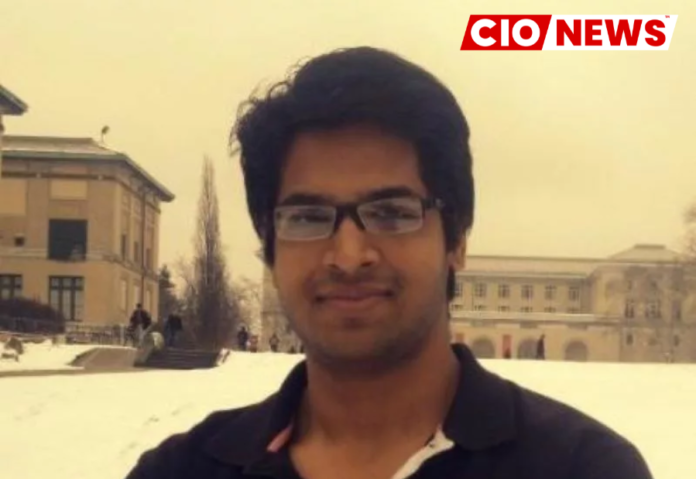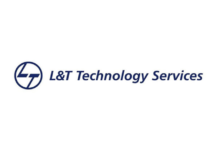Thanks to Ashok Elluswamy’s contributions, autonomous driving technology was revolutionized with the development of Tesla’s Autopilot system, in-house computer vision, and custom Al hardware.
Elon Musk recently presented Ashok Elluswamy, an Indian computer professional who led Tesla’s social media network X (formerly known as Twitter) and was the first person hired for the autopilot team. The internet billionaire also gave him credit for the automaker’s “success in Al” and autonomous software in a thank-you message.
Elon Musk’s remarks regarding Ashok Elluswamy Musk stated, “Ashok, thanks! Initially joining the Tesla Al/Autopilot team, Ashok eventually became the team leader for all Al/Autopilot software. We would just be another automaker searching for an unattainable autonomous supplier without him and our fantastic team. By the way, until I saw this ten minutes ago, I never urged that he say anything.”
Musk also included a link to an Elluswamy article about X in the post. The CEO of Tesla has been credited in this article as “the key driver of AI and autonomy at Tesla.” What Elon Musk and AI said in relation to Ashok Elluswamy Elluswamy stated: “He [Musk] has always pushed us to achieve great things, even when such ideas were seemingly impossible at the time.”
In 2014, Autopilot was running on an absurdly small computer with only 384 KB of RAM and very little computational power (it didn’t even have native floating-point arithmetic). He requested that the engineering team implement curvature, longitudinal vehicle control, lane keeping, and lane change. Many people, even those on the team, believed the suggestion was absurd. He persisted nonetheless, pushing the crew to accomplish this extremely challenging goal. Surprisingly, Tesla launched the first autopilot system in history in 2015. The second-most similar product didn’t hit the market for several years.
Rather than relying on outside companies, Tesla began performing all of the computer vision work needed for Autopilot internally in 2016. Many people believed it was absurd to stake the product on creating the vision system from the ground up in a matter of months, when it had taken other businesses ten years or longer. However, we accomplished this goal in just eleven months. This was a tactically sound decision that paved the way for Tesla to build a capable Al team.
He advocated for robust Al hardware as well as robust Al software. Others assumed Tesla was only an automobile manufacturer, but it was actually producing bespoke silicon for neural network processing. Designed in 2017, this hardware went into production in February 2019 and is still very competitive with new hardware releases. As a point of comparison, the most recent Apple M3 chip has nearly eight times the Al inference compute as this five-year-old Al computer. Even with the most recent AI technology, it can still operate end-to-end neural networks. It was he who, rather than depending on high-definition maps and sensor crutches, wagered on vision and Al to solve autonomy.
However, most people weren’t aware of it until 2020 or early. Actually, a lot of “experts” in the industry made fun of Elon and Tesla for their decisions. We have disproved their claims by deploying supervised FSD to millions of vehicles and demonstrating that, with high-quality Al software, a car can navigate the intricacies of city driving, including turning, navigating intersections, and indicating to pedestrians, simply by looking outside. To truly concentrate on AI, the core of the issue, we even eliminated radars and ultrasonics. These days, it almost seems odd that, out of all production cars, Teslas have the most autonomous capabilities yet the fewest raw sensor counts. Such a counterintuitive wager could only be possible because of extreme conviction.
These days, it almost seems odd that, out of all production cars, Teslas have the most autonomous capabilities yet the fewest raw sensor counts. Only his profound comprehension of this issue and his strong convictions allowed him to pull off such an unconventional wager. In 2021, he initiated the development of humanoid robots at Tesla, predating ChatGPT and other apparent instances of AI’s ascent. In order to be extensively used worldwide, Optimus is being developed to be capable, scalable, and affordable, much like car autonomy.”
Also read: Unveiling the Ethical Imperatives: Navigating the Intersection of AI and Cybersecurity
Do Follow: CIO News LinkedIn Account | CIO News Facebook | CIO News Youtube | CIO News Twitter
About us:
CIO News is the premier platform dedicated to delivering the latest news, updates, and insights from the CIO industry. As a trusted source in the technology and IT sector, we provide a comprehensive resource for executives and professionals seeking to stay informed and ahead of the curve. With a focus on cutting-edge developments and trends, CIO News serves as your go-to destination for staying abreast of the rapidly evolving landscape of technology and IT. Founded in June 2020, CIO News has rapidly evolved with ambitious growth plans to expand globally, targeting markets in the Middle East & Africa, ASEAN, USA, and the UK.
CIO News is a proprietary of Mercadeo Multiventures Pvt Ltd.






